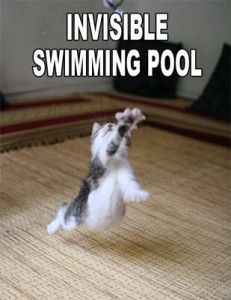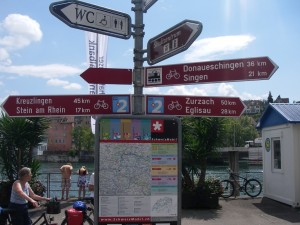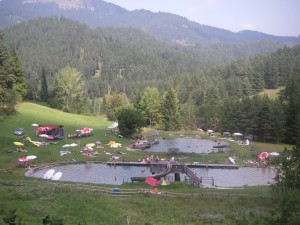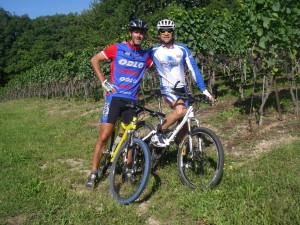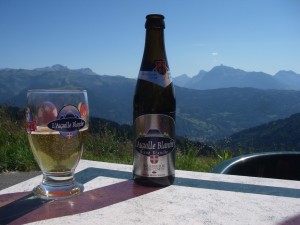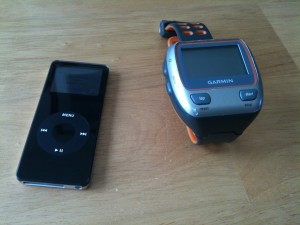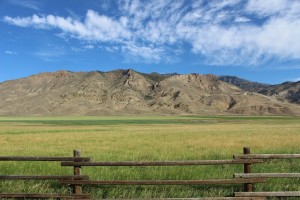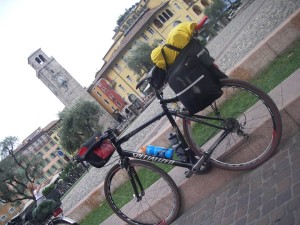I could not come up with a good picture for this article, so I decided to go with something that might make you laugh or smile. Someone new to swimming might feel like a fish out of water or like this cat.... get me out of here!!!! But learning to swim and get faster is really not that bad.
Most people who compete in triathlons or swimming events want to get faster. Masters practice and private lessons have gotten you so far, but you still are questing for more speed. Someone asked me the other day if there was one thing they could work on in the water, what would it be. I replied, "avoid the single speed arm pull and try to accelerate your hand/arm along with hips as you move through the water" Sounds simple right? Well, it can be if you just put a little practice time in. Try initiating the hip opposite the pulling arm. What this means is if you are pulling with your right, a fraction of second before you start the pull, try rotating (pushing) your left hip down since you will be stretched out on your right side. This may help you to fully engage and take advantage of your core muscles more, thus delivering more power/speed to your stroke. To help simplify even more: once you start the pull phase of the stroke, keep accelerating you hands/arm all the way through the stroke matching your hip/core speed.
Think about these sports for a moment:
a golf swing
a baseball player hitting a ball
a pitcher throwing
a volleyball player hitting
All of the above are using their whole body to generate as much arm speed as possible.
Now try picturing these athletes just using their arm and trying to hit and throw? Not very effective and certainly not as much power/speed.
Now, you may be thinking, this is too much, but I would imagine that many of you are already doing this, but do not realize it. Simple test to find out. Next time your in the water swimming freestyle, try pulling your arms without your hips/core rotating at all. It will feel very awkward for sure. Now try again and let the natural rotation of your body assist you as you pull. Once you have the timing down at slower speeds, then try increasing the speed of your hips/core and that will hopefully get your hand/arm moving faster to stay connected.
Good luck trying this out on your next swim. For more information on swimming technique or how I can help you with your swimming and triathlon goals, please contact me at eric@coachericneilsen.com
Make it a great week,
Coach Eric

